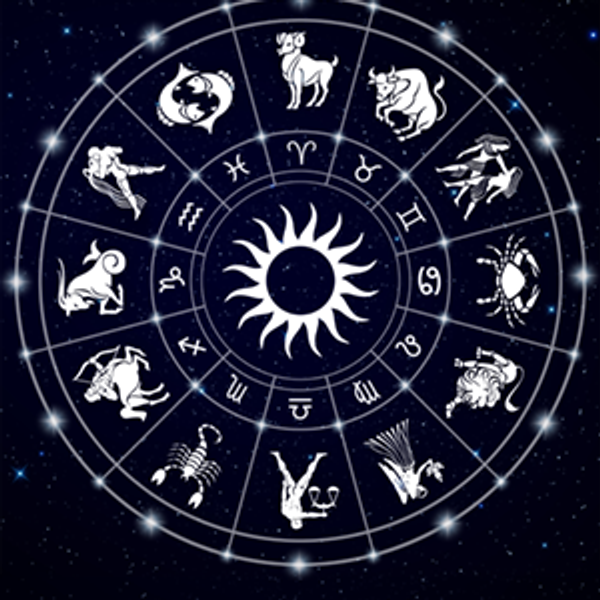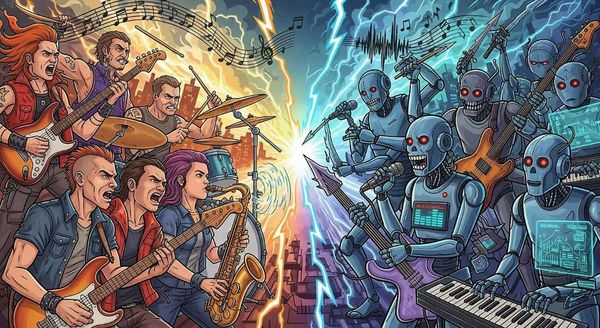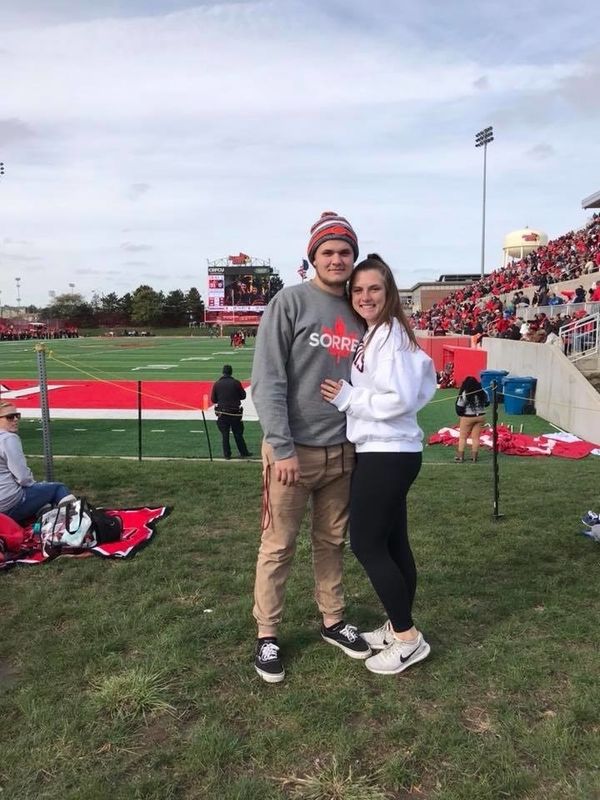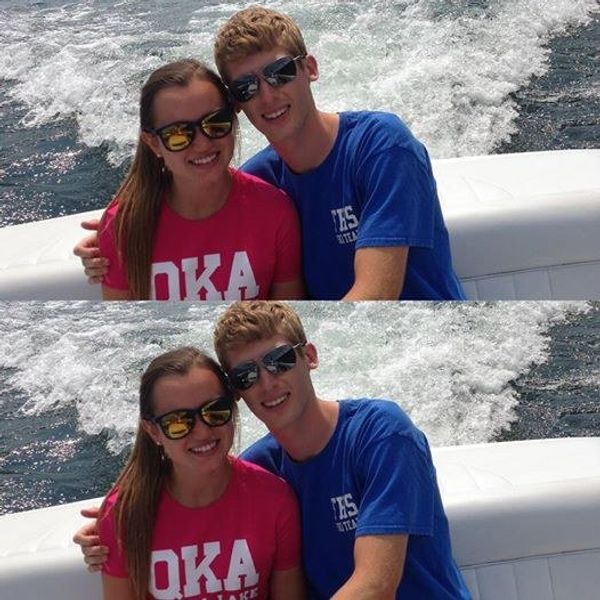The Anaheim Ducks Are In A World Of Pain
The Ducks have now lost 19 out of their last 21 games amidst a multitude of problems and a rebuild may be at its beginning stages after Randy Carlyle's firing from head coach.
On December 17, 2018, the Anaheim Ducks had just defeated the Pittsburgh Penguins on the road 4-2, and sat in a playoff spot with a 19-11-5 record, good for 43 points and 2nd in the Pacific Division. Since then, the Ducks have lost 19 out of their last 21 games, going 2-15-4 during that stretch, now sitting at 21-26-9 and 51 points on February 12th, eight points out of a playoff spot in the Western Conference. After their last loss, head coach Randy Carlyle was finally axed and general manager Bob Murray stepped in as the interim coach. Many issues exist currently and for the foreseeable future in Anaheim, which could see its first sustained rebuild since the early 2000s, where the team missed the playoffs three years in a row.
One of the Ducks' bigger issues is the lack of goal scoring throughout the lineup. The leading player in goals is forward Jakob Silfverberg, with 12 in 47 games played. That's not enough for a team that is 56 games into the season. The overall points production is quite anemic too. Captain and center Ryan Getzlaf leads the club with 36 points in 50 games, and he is the only player with more than 30 points to this date.
Injuries are also factoring into the equation: center Adam Henrique and defenseman Brandon Montour are the only Ducks to have played in every game this season, with players such as forwards in Silfverberg, Getzlaf, Rickard Rakell, Corey Perry, Ryan Kesler, and Ondrej Kase as well as defensemen Cam Fowler and Hampus Lindholm, and goaltender Ryan Miller all spending at least five games on the injured reserve.
With so many players in and out of the lineup, not to mention that most of the fill-ins are inexperienced at the NHL level, it is hard to develop any sort of chemistry for an extended period of time. Goaltender John Gibson has been unable to maintain grade A performance in net, as his save percentage is now at 0.914, below where he started the season. With all of this considered, the Ducks have a tough future ahead when considering their salary cap situation.
Perry and Getzlaf, both of who will turn 34 in May, have a cap hit of $8.625 and $8.25 million for the next two years after the 2018-19 season, while Kesler, who turns 35 in August, makes $6.825 million for the next 3 years after this season concludes. Perry has only played in five games this year due to injuries, Getzlaf's production is declining and not up to par with how much he is paid, and Kesler has only six points in 48 games, and he also only played in 44 games last season due to injuries, scoring just 14 points.
These expensive contracts are untradeable unless they attach a younger asset in a trade, like prospects Sam Steel, Max Jones, Maxim Comtois, or Troy Terry. It is possible that Kesler and/or Perry will be bought out of their contracts in the offseason, meaning they will save money against the salary cap for the remainder of those contract years, but will have portions of that contract counting against the cap for a few years more.
Despite these bad contracts which currently prevent the Ducks from signing more than one big free agent, the aforementioned prospects will most likely see more substantial time in Anaheim next season, which could boost the club, but it is unlikely that any of them take the league by storm to make the Ducks a contender again. For this to happen, young forwards like Rakell, Kase, and Daniel Sprong will have to exceed expectations, while the defensive core will also need to step it up compared to their performance this, which makes them look overpaid.
As it stands, the Ducks are 4th in the 2019 NHL Draft Lottery and could see a highly touted prospect come to Anaheim next year, but the current roster and prospect core will need bounce back seasons or the management group will be forced to blow up much of the roster, which would almost guarantee missing the playoffs again.

























